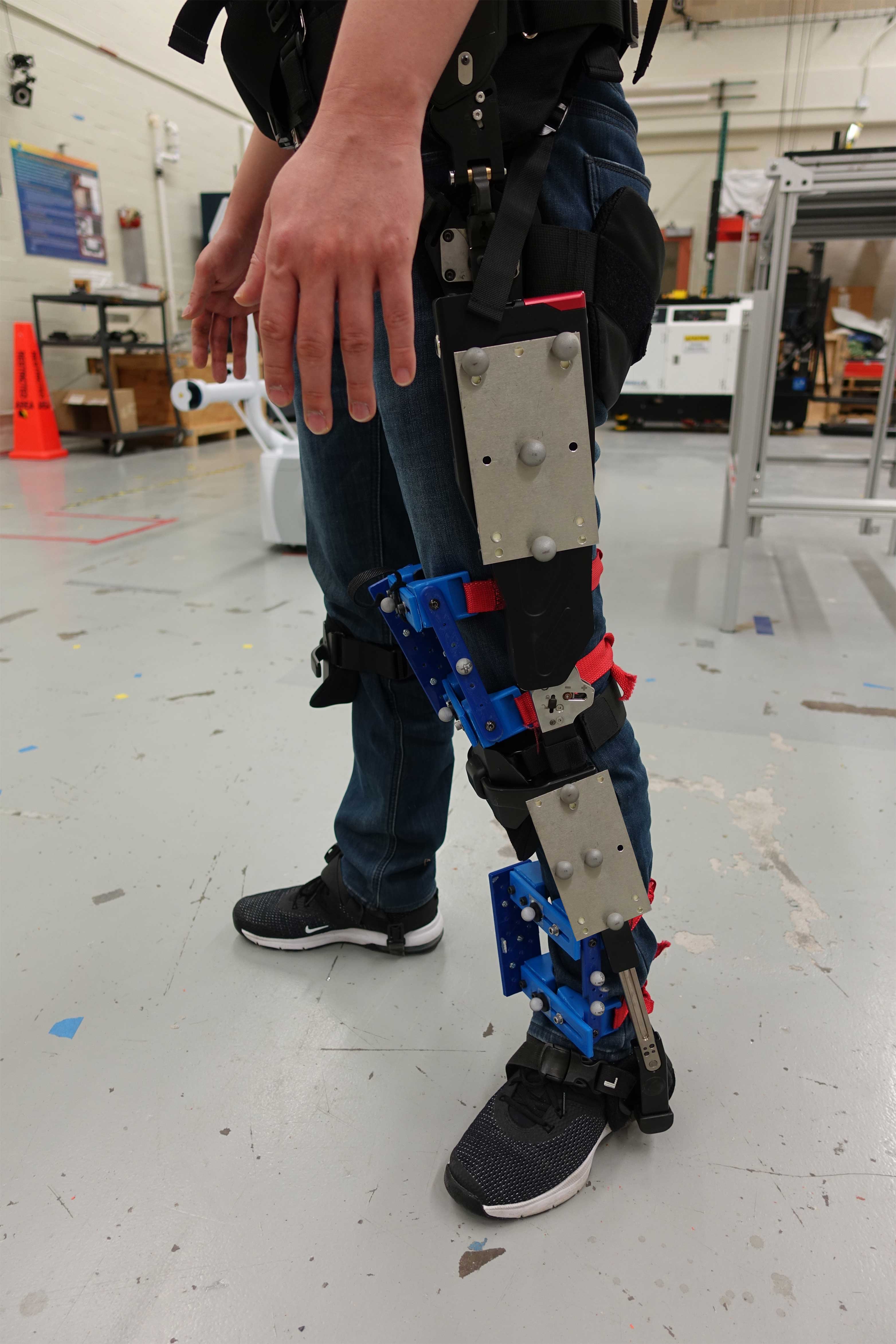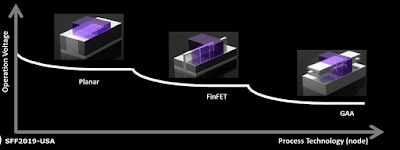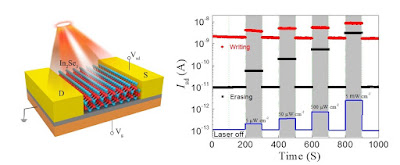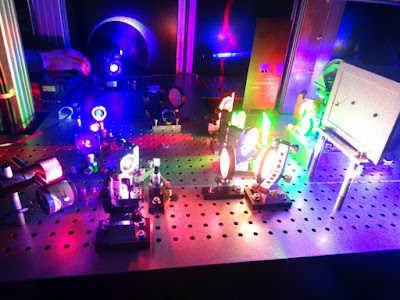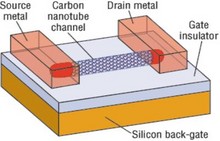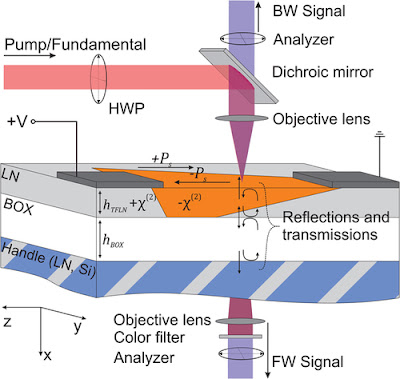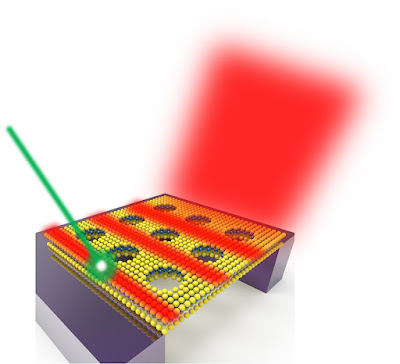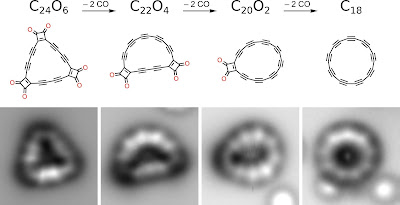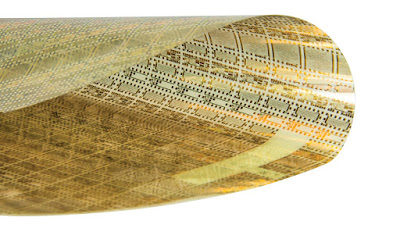Credit: Johannes Zirkelbach/Max Planck Institute for the Science of Light
Topics: Applied Physics, Nanotechnology, Optics
At the focus of a laser, a 100-nm-wide gold nanoparticle can block more than half the light. If additional particles are added, the amount of blocked light increases exponentially, as modeled by the Beer-Lambert law. But theorists predict that in the right set of circumstances, the addition of a molecule would, counterintuitively, decrease the light blocked—that is, make the nanoparticle partially transparent.
Vahid Sandoghdar of the Max Planck Institute for the Science of Light and his colleagues have now shown that predicted partial transparency for a near-field coupled dye molecule (red in image) and a plasmonic nanoparticle (gold). The phenomenon is a result of the interference between the light scattered from the two.
To achieve the required coupling, the dye molecule must be in a particular orientation and less than a wavelength away from the gold nanoparticle. Controlling those parameters is tricky, so Sandoghdar and his colleagues left them to chance. The researchers started with an array of nanoparticles and then coated it with a molten crystal doped with dibenzoterrylene (DBT) dye molecules. After the colorless crystal solidified, the result was a stochastic distribution of DBT molecules.
Their strong, distinctive fluorescence made the dye molecules easy to find optically. But the team members needed to verify that the molecule was near-field coupled to a nanoparticle. They identified a particle with two nearby DBT molecules and shined [a] tunable titanium: sapphire laser on it. The nanoparticle acts as an antenna, which enhances the molecules’ fluorescence. Relative to the other, one DBT molecule had telltale signatures of near-field interactions: enhanced and spectrally broadened fluorescence and a shorter excited-state lifetime—1.4 ns compared with the usual 8.1 ns.
Nanoparticle turns partially transparent, Heather Hill, Physics Today
